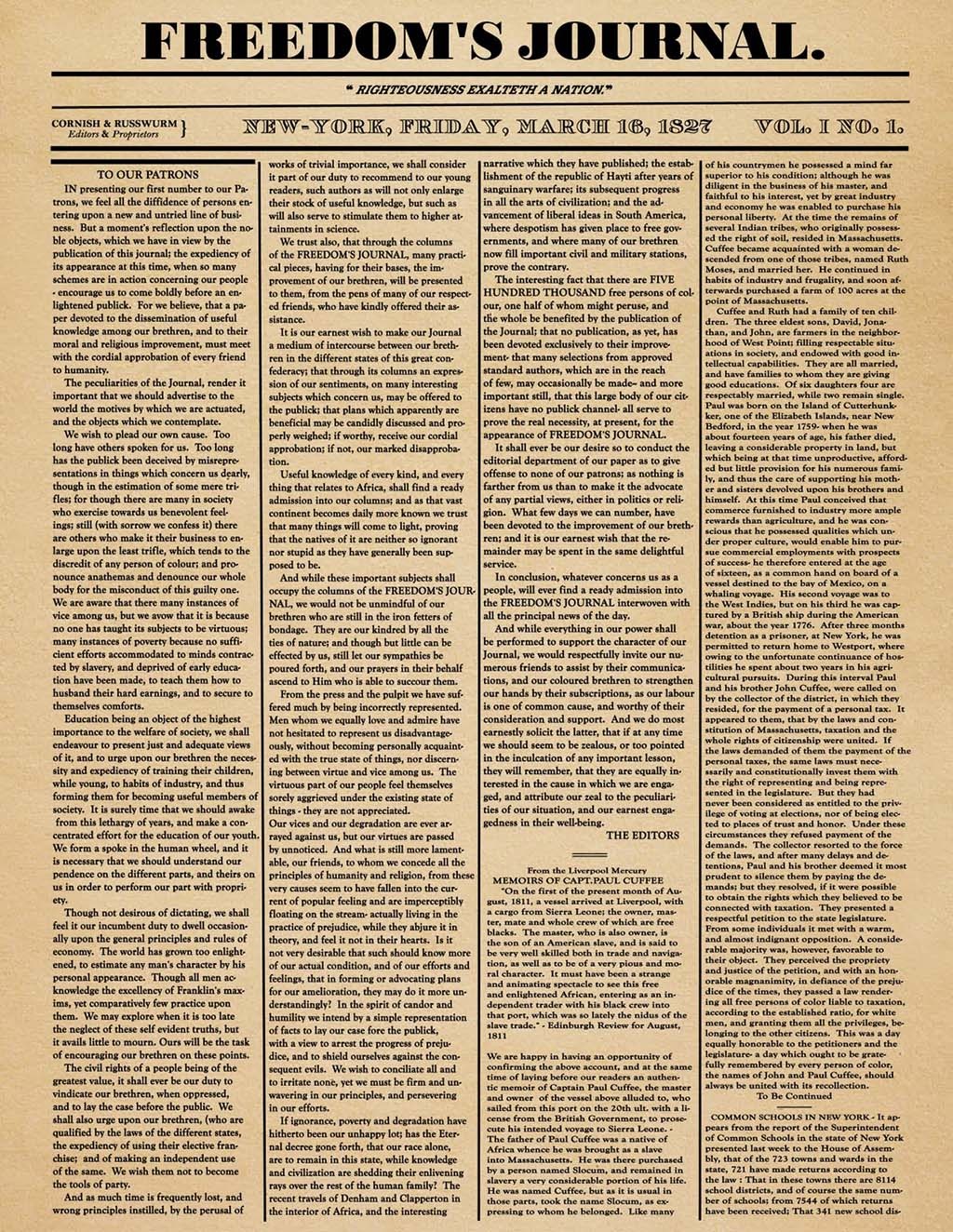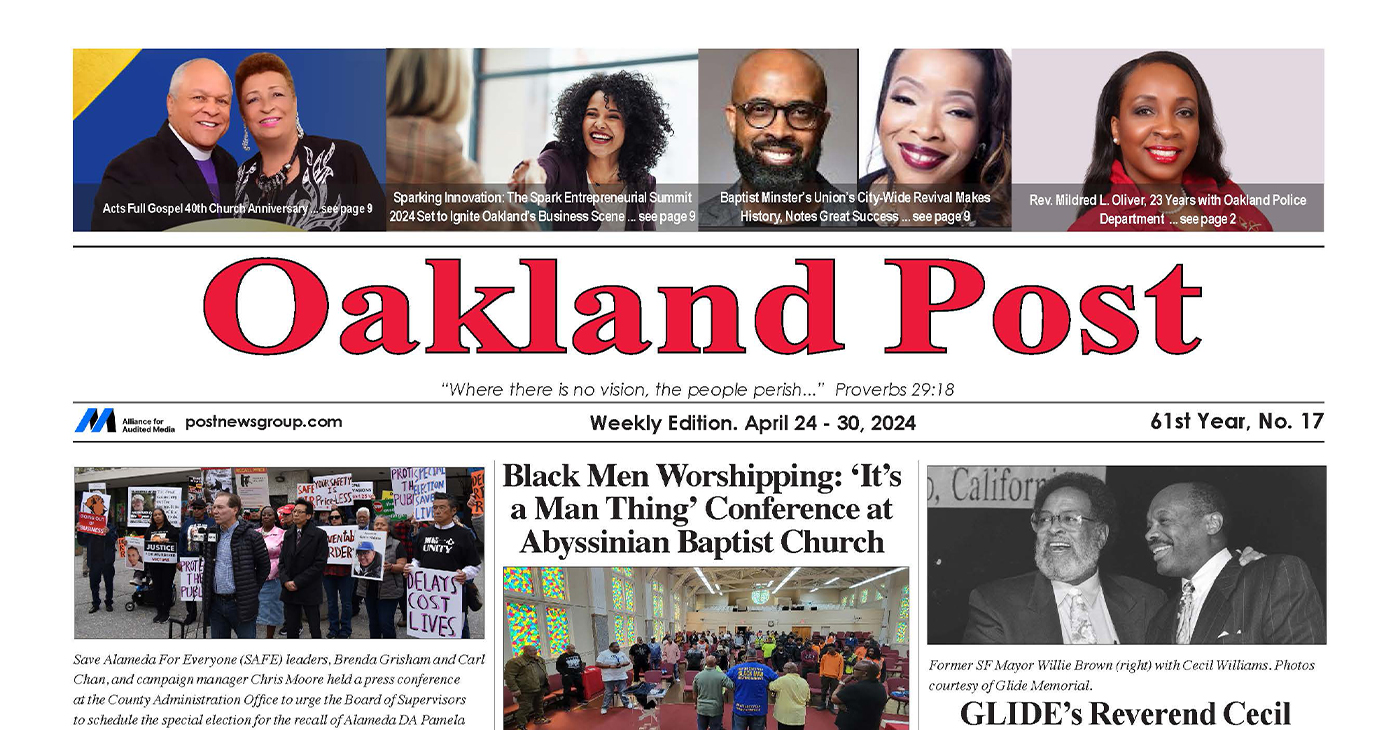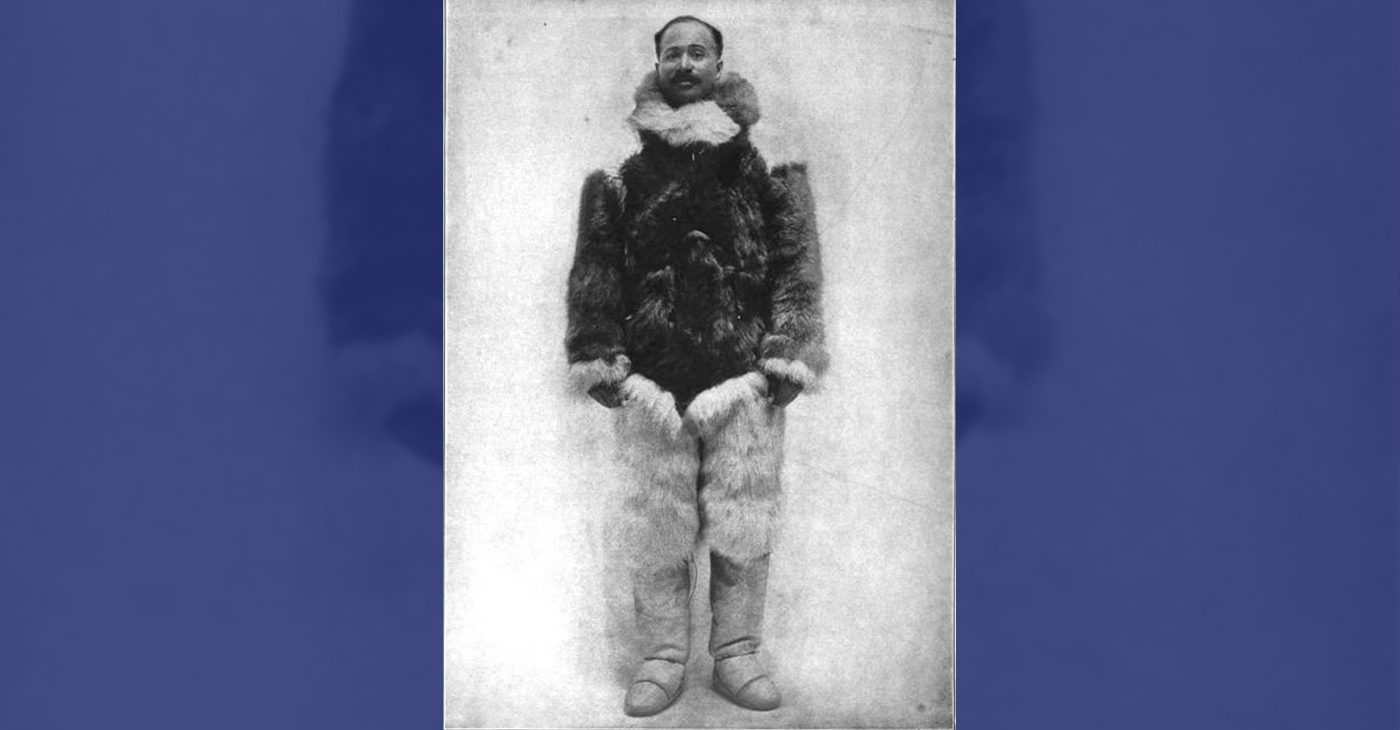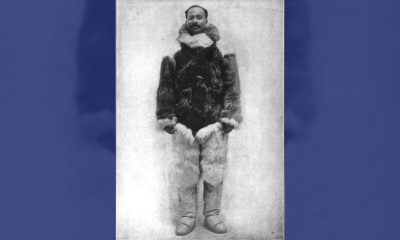Black History
Freedom’s Journal: The First Voice of Black America
The four-column weekly publication was printed every Friday. Stories covered foreign and domestic news, editorials, births and deaths in the local black community, weddings, advertisements, and notices for retailers and companies that did not discriminate. Featured were articles on countries such as Haiti and Sierra Leone.

It was 1827, a time when white publishers didn’t run obituaries of African Americans. Politics, sports, money and social issues were reported from the perspectives of whites only.
That same year, John Russwurm and Samuel Cornish founded Freedom’s Journal in New York City. It was the first black-owned and -operated newspaper in the United States. The days of major papers snuffing out the voices of Black America were ending.
The four-column weekly publication was printed every Friday. Stories covered foreign and domestic news, editorials, births and deaths in the local black community, weddings, advertisements, and notices for retailers and companies that did not discriminate. Featured were articles on countries such as Haiti and Sierra Leone.
To encourage Black achievement, it printed biographies of renowned Black figures such as Paul Cuffee, Touissant L’Ouverture and Phyllis Wheatley.
Also included were editorials expressing contempt of slavery, racism and other injustices suffered by Blacks. At the same time, many white papers openly supported slavery and racially biased acts. Boston writer David Walker, an agent for the paper, penned “David Walker’s Appeal,” dubbed the most radical of all anti-slavery documents. In it, he called for slaves to rebel against their masters.
According to Nieman Reports, “Russwurm and Cornish placed great value on the need for reading and writing as keys to empowerment for the Black population and they hoped a Black newspaper would encourage literacy and intellectual development among African Americans.”
The publishers sought to broaden readers’ awareness of world events while acting as a beacon to strengthen ties among Black communities across the U.S. During the paper’s heyday, subscriptions were $3 per year and circulated in 11 states, the District of Columbia, Haiti, Europe and Canada.
In 1827, Cornish resigned from the publication, leaving Russwurm as the sole editor. Cited were differences regarding African-American colonization of Africa. According to Nieman Reports, “Russwurm had begun to promote the colonization movement led by the American Colonization Society, which wanted to free African-American slaves and offer them the opportunity of transport back to Africa.”
The newspaper’s position was unpopular with its readership. Subscriptions quickly declined. By March of 1829, the loss of circulation forced the paper to cease publication.
After the paper shut down, Russwurm emigrated to Liberia. It was the area established on Africa’s western coast to receive those recruited by the American Colonization Society. There, Russwurm became governor of Liberia’s Maryland Colony.
In 1829, Cornish re-entered the newspaper world with a goal to revive Freedom’s Journal, renaming it The Rights of All. But in less than a year, the paper failed. Freedom’s Journal had boasted a lifespan of two years. In spite of this short-lived history, its enormous impact on antebellum Black communities would live on as progress of the Black press continued.
Despite its troubles, Freedom’s Journal was instrumental in spawning other papers. Three decades later, more than 40 Black-owned newspapers were operating throughout the U.S. All 103 issues of Freedom’s Journal are available on the Wisconsin Historical Society website.
Activism
Oakland Post: Week of April 24 – 30, 2024
The printed Weekly Edition of the Oakland Post: Week of April 24 – 30, 2024

To enlarge your view of this issue, use the slider, magnifying glass icon or full page icon in the lower right corner of the browser window. ![]()
Activism
Oakland Post: Week of April 17 – 23, 2024
The printed Weekly Edition of the Oakland Post: Week of April 17 – 23, 2024

To enlarge your view of this issue, use the slider, magnifying glass icon or full page icon in the lower right corner of the browser window. ![]()
Black History
Matthew Henson: Explorer Extraordinaire
Matthew Henson, a trailblazing explorer who overcame countless obstacles to leave an incredible mark on history. Born on August 8, 1866, in Charles County, Maryland, his journey is a testament to the power of determination and the spirit of adventure.

By Tamara Shiloh
Matthew Henson, a trailblazing explorer who overcame countless obstacles to leave an incredible mark on history. Born on August 8, 1866, in Charles County, Maryland, his journey is a testament to the power of determination and the spirit of adventure.
Henson’s life began amidst the backdrop of post-Civil War America, where opportunities for African Americans were scarce. From a young age, he possessed an insatiable curiosity about the world beyond his small town. At the age of 12, he embarked on a journey that would change the course of his life forever when he joined a merchant ship as a cabin boy.
His most famous expedition was his journey to the Arctic with renowned explorer Robert E. Peary. In 1887, Henson joined Peary’s crew as a seaman and quickly proved himself to be invaluable with his skills as a navigator and craftsman. Over the course of several expeditions, Matthew endured extreme cold, treacherous terrain, and grueling conditions as he and Peary sought to reach the elusive North Pole.
In 1908–09, Peary set out on his eighth attempt to reach the North Pole. It was a big expedition, with Peary planning to leave supplies along the way. When he and Henson boarded their ship, the Roosevelt, leaving Greenland on August 18, 1909, they were joined by a large group. This included 22 Inuit men, 17 Inuit women, 10 children, 246 dogs, 70 tons of whale meat, blubber from 50 walruses, hunting gear, and tons of coal.
In February, Henson and Peary left their anchored ship at Ellesmere Island’s Cape Sheridan, along with the Inuit men and 130 dogs. They worked together to set up a trail and supplies along the way to the Pole.
Peary picked Henson and four Inuit people to join him in the final push to the Pole. However, before they reached their destination, Peary couldn’t walk anymore and had to ride in a dog sled. He sent Henson ahead to scout the way. In a later interview with a newspaper, Henson recalled being in the lead and realizing they had gone too far. The group turned back, and Henson noticed his footprints helped guide them to their destination. At that location, Henson planted the American flag.
Henson’s legacy extends far beyond his expeditions to the Arctic. He shattered racial barriers in the world of exploration and inspired countless individuals, regardless of race, to dream big and pursue their passions. In 1937, he was finally recognized for his achievements when he was inducted into The Explorers Club, an organization dedicated to promoting scientific exploration and field research.
Matthew Henson died in the Bronx, New York, on March 9, 1955, at the age of 88.
-

 Activism4 weeks ago
Activism4 weeks agoOakland Post: Week of March 27 – April 2, 2024
-

 #NNPA BlackPress4 weeks ago
#NNPA BlackPress4 weeks agoBeloved Actor and Activist Louis Cameron Gossett Jr. Dies at 87
-

 Community1 week ago
Community1 week agoFinancial Assistance Bill for Descendants of Enslaved Persons to Help Them Purchase, Own, or Maintain a Home
-

 Activism3 weeks ago
Activism3 weeks agoOakland Post: Week of April 3 – 6, 2024
-

 Business1 week ago
Business1 week agoV.P. Kamala Harris: Americans With Criminal Records Will Soon Be Eligible for SBA Loans
-

 Activism2 weeks ago
Activism2 weeks agoOakland Post: Week of April 10 – 16, 2024
-

 Community1 week ago
Community1 week agoAG Bonta Says Oakland School Leaders Should Comply with State Laws to Avoid ‘Disparate Harm’ When Closing or Merging Schools
-

 Community6 days ago
Community6 days agoOakland WNBA Player to be Inducted Into Hall of Fame























































